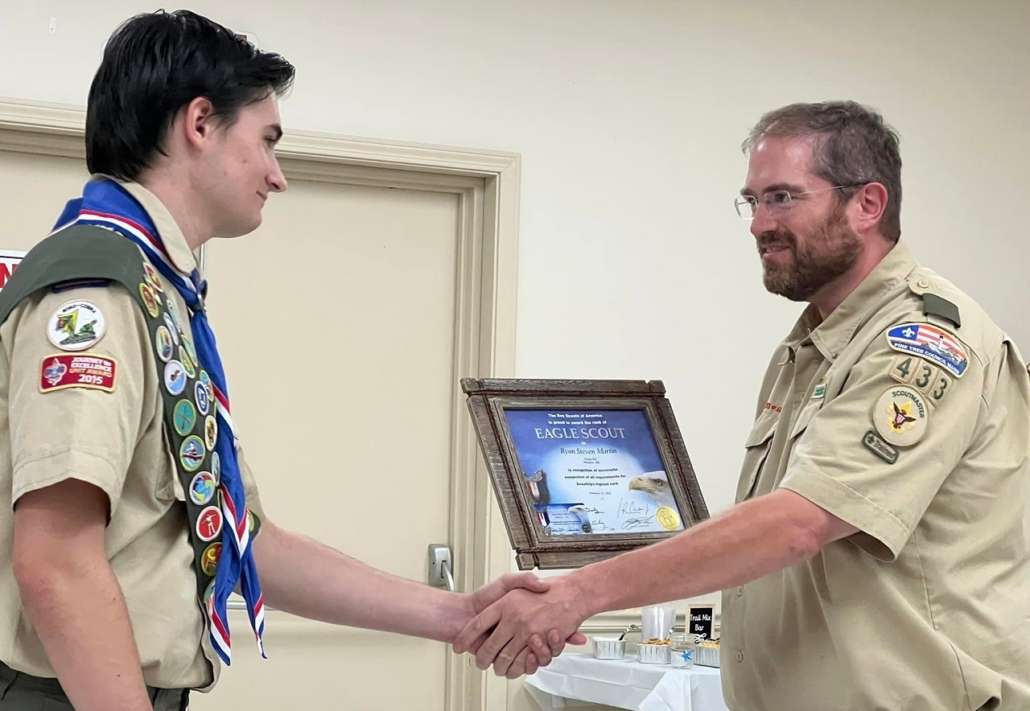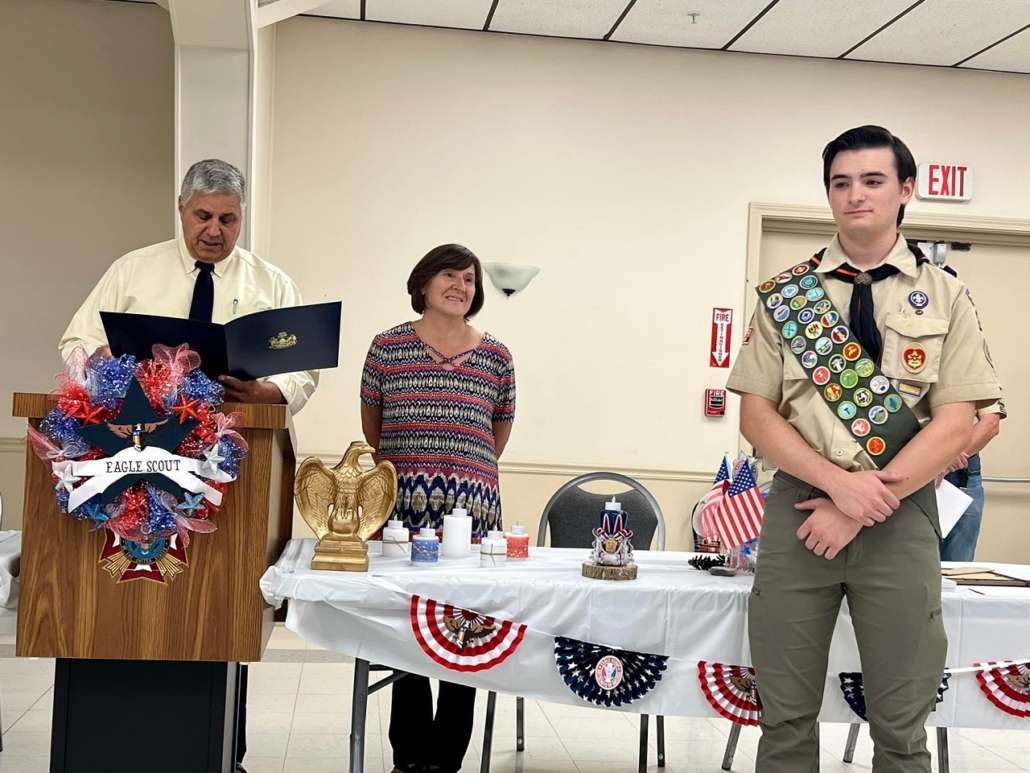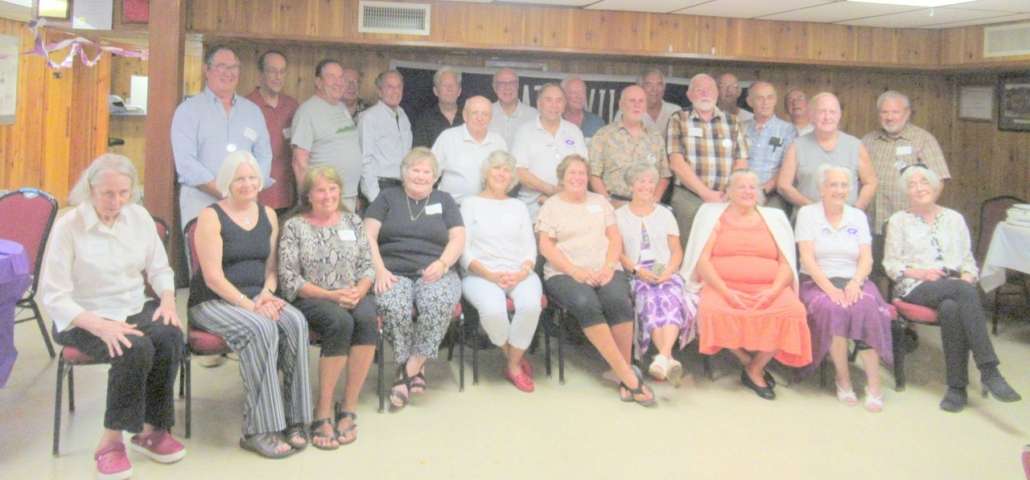Reviving the China Historical Society
by Bob Bennett
As we all know, it is inevitable that things change over time. Those of us who recall and cherish the past are the ones who can help restore and keep those memories alive. It is with that purpose that I have composed this short article.
For a number of years, the China Historical Society boasted many active members and leaders. For example, as a lifelong railroad fan, I was amazed by the late Mark Johnson’s contributions, as the head of the society in the late 1990s, to the authors of the six volume history of the Wiscasset Waterville And Farmington “two footer,” Narrow Gauge In The Sheepscot Valley. However, in the last few years, numbers have dwindled and we are now down to just a few interested people. Thus, as a follow-up to the excellent turnout that we had at our China Community Days open house, and to hopefully stir up even more interest in the society, we will be having another “meet and greet” on Saturday, September 10, beginning at 1 p.m. There are several reasons for this meeting.
First, the town’s history and relevant artifacts need to be protected as much as possible and as a retired history teacher, I certainly understand the need for this preservation. Lost history can never be recovered. However, the conditions that exist in the present historical museum are not conducive to quality storage. There is no climate control, save for Mother Nature, and pests and rodents are frequent visitors. Electricity is present but basic at best. While the town does deal with the pests, these issues may become even greater down the road. Possibly, some human visitors might have resources or suggestions that could help alleviate this situation.
In addition, to continue to be a viable entity, The China Historical Society needs people and these folks are welcome from all age groups. Older individuals are often more interested in history and its physical aspects. This is largely because they’ve lived and witnessed more of the past and/or have ties to it. But, to keep that interest alive and growing, we also need to inspire younger humans to get interested and involved in learning about the past and keeping it alive. Thus, I am hoping that our get-together on September 10 will attract China residents, and seasonal visitors, of all ages.
As I stated earlier, we’ll shoot for a start time of 1 p.m., in the afternoon. Hopefully, that will allow folks to take care of their weekend chores. I would suggest thinking about bringing folding or lawn-type chairs since in-building seating is not very available or comfortable; the town will likely provide some as well. Several of we members will be there and the OPEN flag will be flying in the newly-installed holder on the ramp railing. I look forward to seeing you!


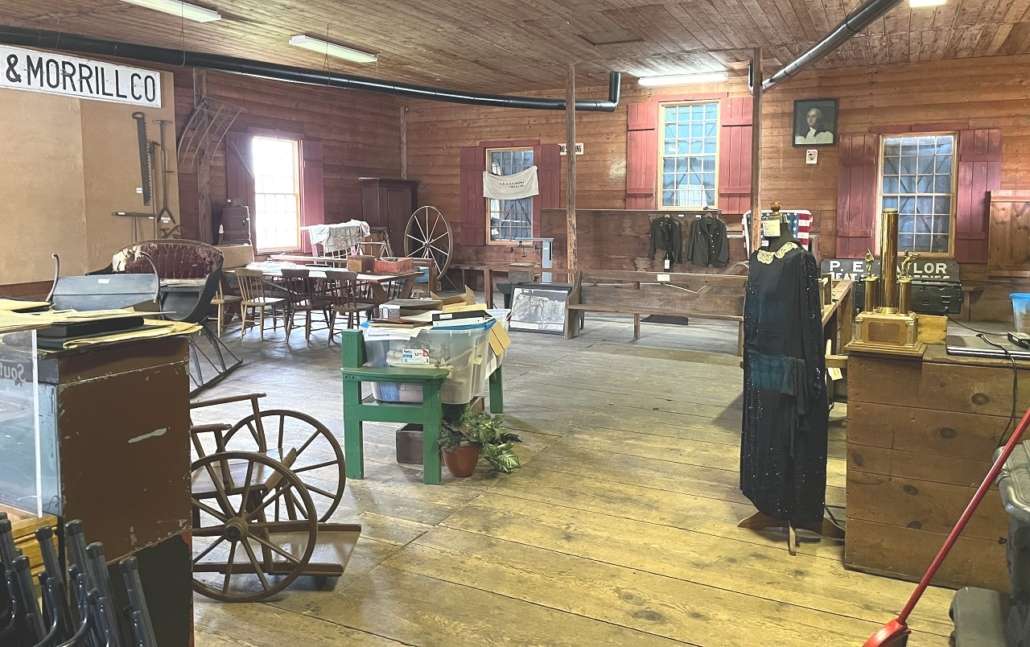
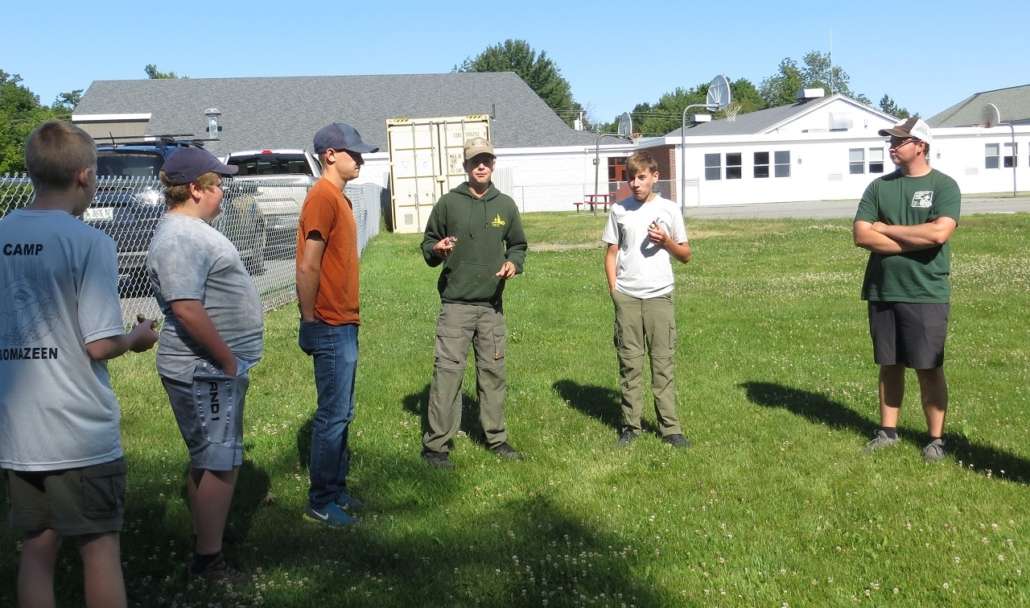
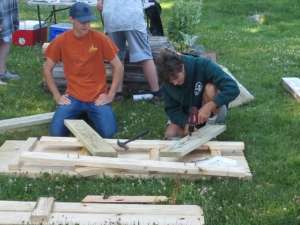
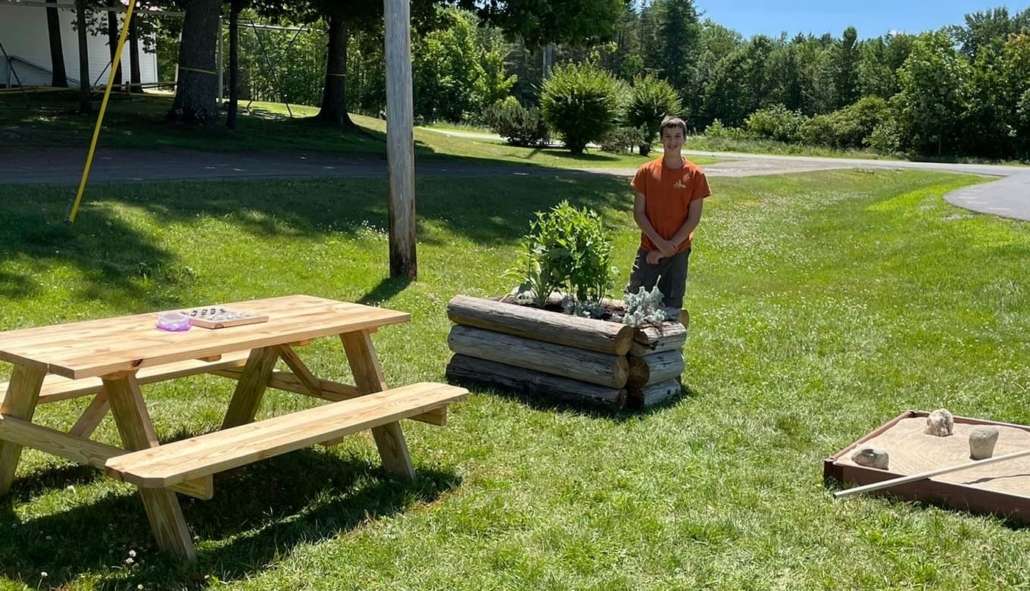

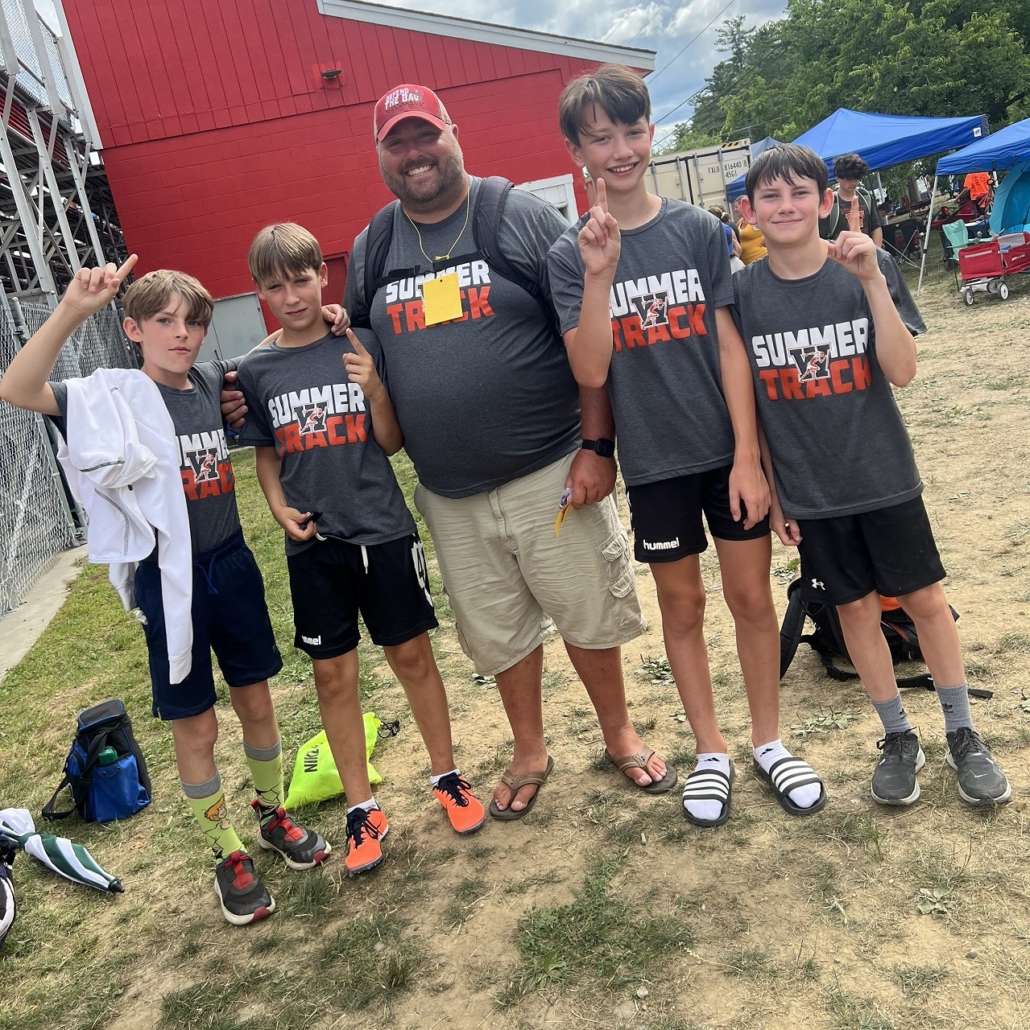





 Throughout the summer 67 students, all members of the Vassalboro library, participated in the Summer Reading Program “Bikes for Books,” sponsored by Vassalboro Masonic Lodge #54. Mid-June the children signed up for the program and received a welcome packet which included a free book, start-up prizes and reading logs. They also received one raffle ticket for signing up which went into the bike raffle. For every two hours read after signup, and recorded in reading logs, students received another ticket to add to the raffle. There were 12 bikes total to win – all sponsored by the Vassalboro Masonic Lodge- sized 16″, 20″ 24″ and 28″, to accommodate the different ages of the participants.
Throughout the summer 67 students, all members of the Vassalboro library, participated in the Summer Reading Program “Bikes for Books,” sponsored by Vassalboro Masonic Lodge #54. Mid-June the children signed up for the program and received a welcome packet which included a free book, start-up prizes and reading logs. They also received one raffle ticket for signing up which went into the bike raffle. For every two hours read after signup, and recorded in reading logs, students received another ticket to add to the raffle. There were 12 bikes total to win – all sponsored by the Vassalboro Masonic Lodge- sized 16″, 20″ 24″ and 28″, to accommodate the different ages of the participants.
